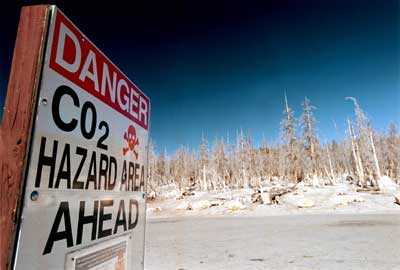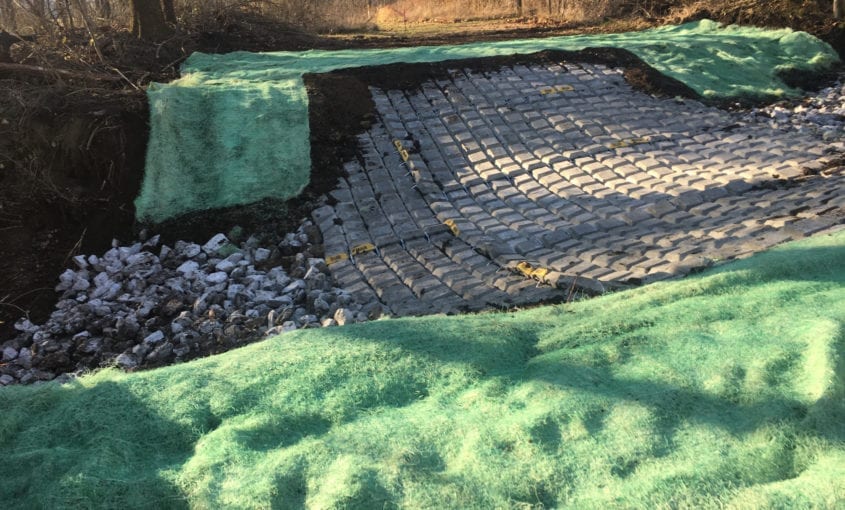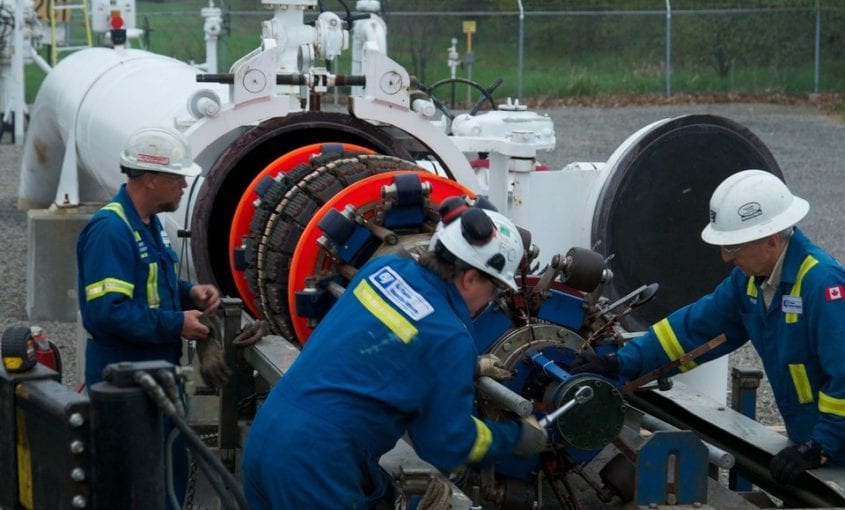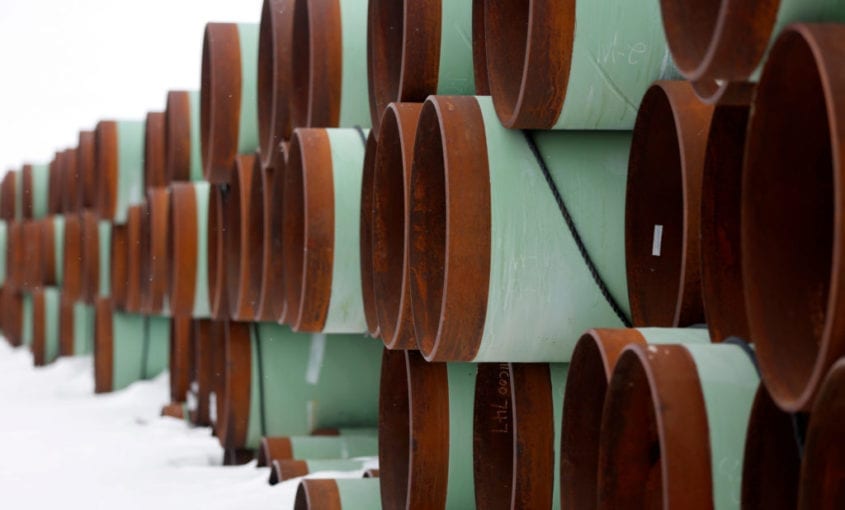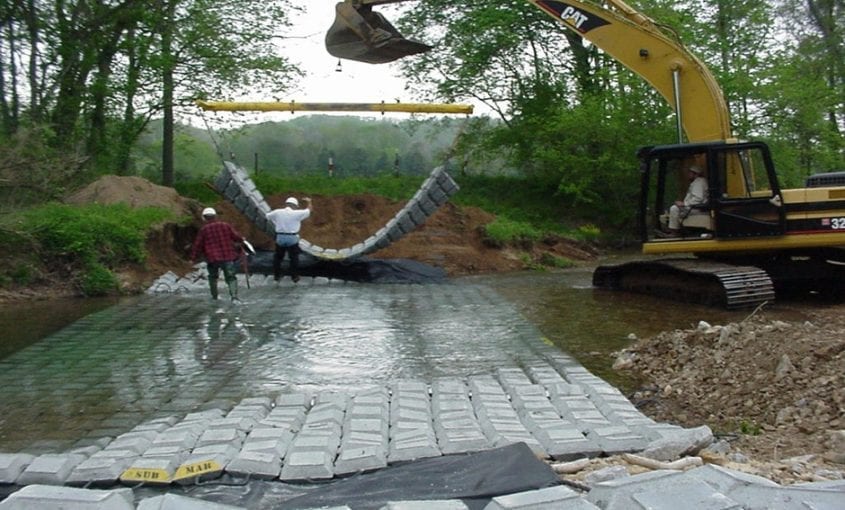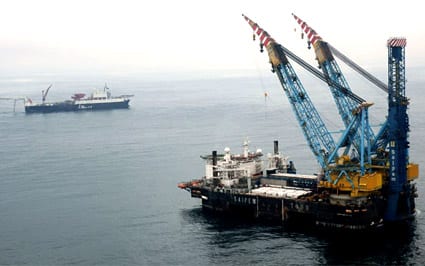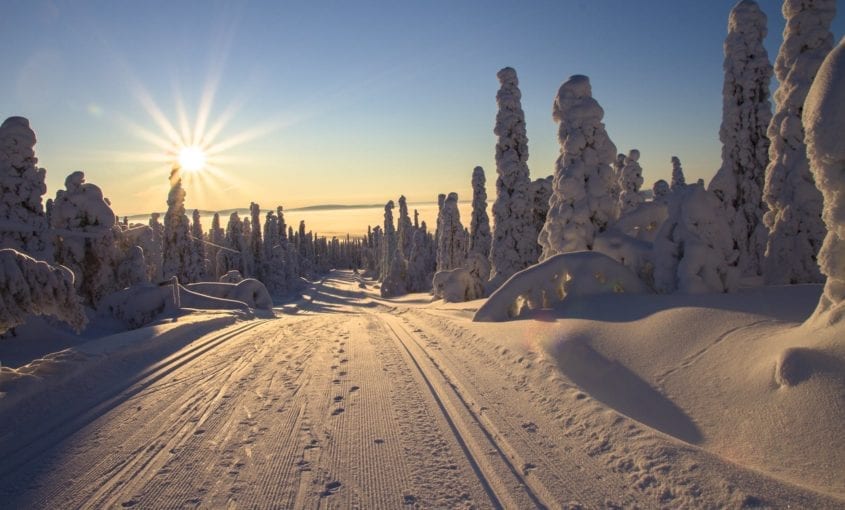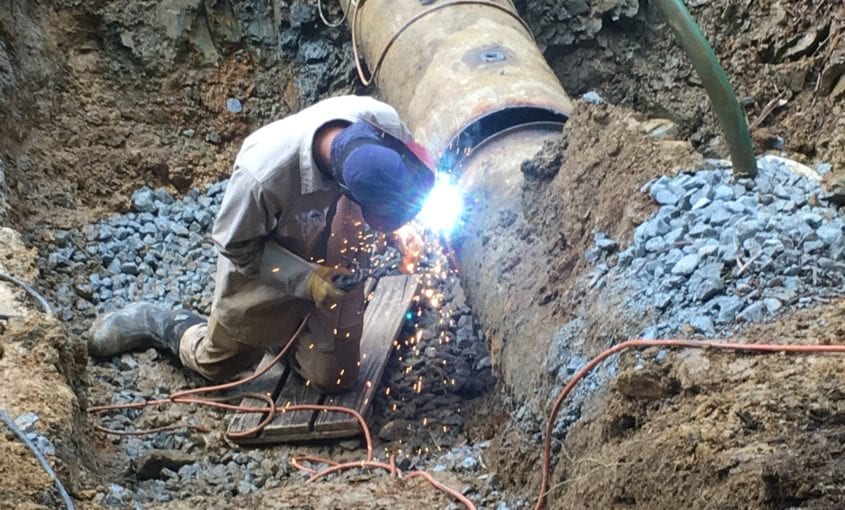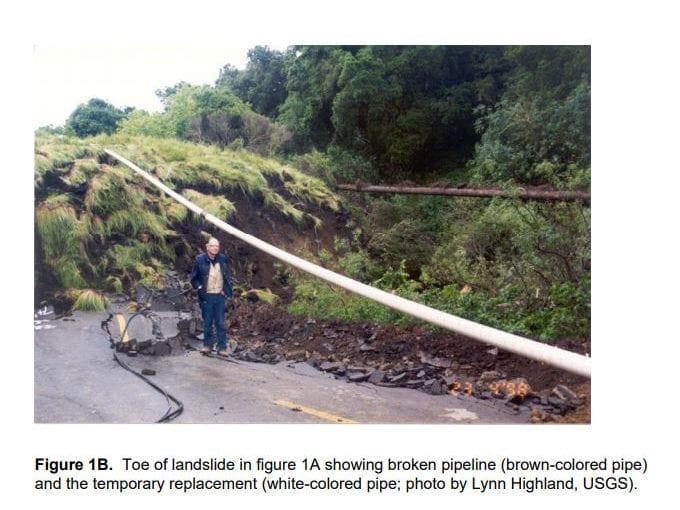3 Pipeline Innovations You Need to Know About
From finding new ways to safeguard the integrity of pipelines and reduce their environmental footprint to getting the best value for their resources, pipeline companies continue to make their mark innovating as part of their commitment to continuous improvement. Here are some ways pipeline companies are monitoring for safety and efficacy. High Fidelity Dynamic Sensing
Read More...

